Bran Castle, also known as Törzburg, is located in the village of Bran in the Transylvania region of Romania. It is an impressive fortress perched high on a steep cliff above the gorge and the road that connects Transylvania with Wallachia.
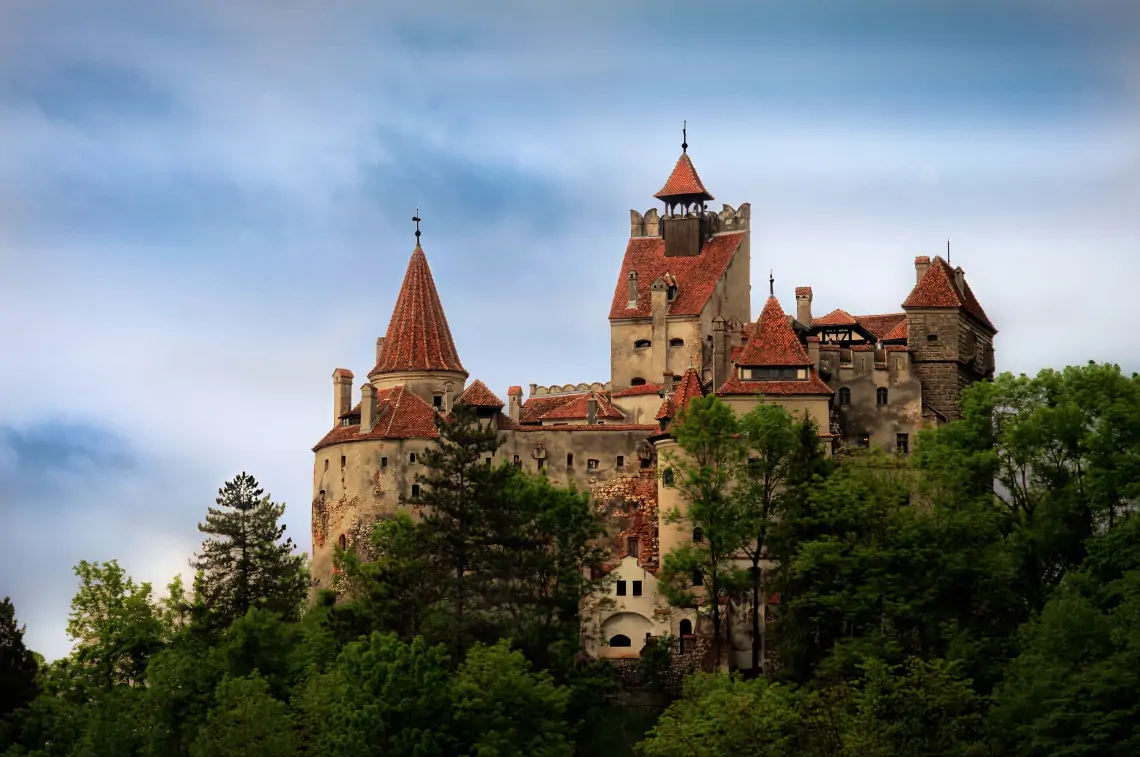
Bran Castle from the south, by Dobre Cezar, CC BY-SA 3.0 ro
Bran Castle, also known as Dracula's Castle, is a medieval fortress in the southern Carpathian Mountains of Brasov, central Romania. It is one of Romania's most recognisable landmarks and is often associated with the fictional character Count Dracula.
The first known fortress near the Bran Pass (today Rucăr-Bran Pass), a trade route over the Carpathians, was built after 1211 by the Knights of the Teutonic Order. The first castle on this site was built of wood in the early 13th century. The current complex, whose construction was decided in 1377, is an impressive structure that has had various functions over the centuries.
In the 14th century, it was extended as a fortress in defence of the Transylvanian border. In the 15th century, it served as a defence against the Ottoman Empire and later as a customs station. The castle is a national monument and landmark in Transylvania. The fortress is located on the Transylvanian side of the historical border with Wallachia, on the DN73 road. Although many castles of the time belonged to members of the nobility, it has been established that Bran Castle was built almost exclusively to protect the German colonists in Transylvania.
The castle was built in a very strategic position, as it lies at the foot of an important mountain pass that gave travellers access to the other side of the mountains. It has therefore been an important military stronghold in the area throughout its history. It is believed that this mountain pass was used by traders for over 1000 years, making it likely that there were several structures on its site that have now been lost to history. The castle itself is situated at an altitude of around 760 metres (2500 feet).
The castle is now a museum displaying art and furniture collected by Queen Marie. Tourists can visit the interior on their own or on a guided tour. At the foot of the hill is a small open-air museum that exhibits traditional Romanian farm structures (huts, barns, water-powered machines, etc.) from the Bran region.
Bran Castle is best known as "Dracula's Castle", an allusion to the fictional Count Dracula in Bram Stoker's famous novel "Dracula". This allusion was made without any evidence, so it remains unclear whether Bram Stoker knew anything at all about the castle in Bran. The comparison ends there, because in Bram Stoker's novel, the count's castle literally falls apart, which is clearly not the case with the real castle.
Today, the castle is presented to tourists as Dracula Castle, although it only remotely resembles its description in Bram Stoker's novel Dracula.
Nevertheless, Bran Castle is one of the top 10 sights in Romania and attracts visitors from all over the world. It is now a museum and offers a fascinating insight into the history and culture of the region.
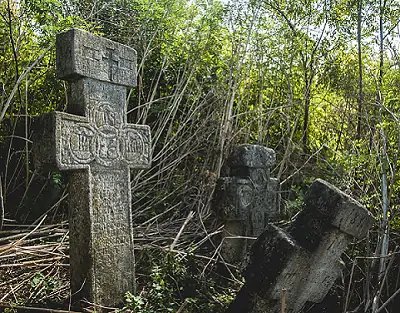
Transylvania is surrounded by the densely forested mountains of the Carpathians like a huge castle created by nature. This region is home to medieval towns and unspoilt villages.
But behind this idyllic facade lies a dark secret that terrifies the locals. For Transylvania is also home to vampires, the sinister creatures of the night that feed on the blood of the living.
What sounds like fantasy and fiction is actually a real place, a region in central Romania. In the Transylvanian forests, there are secrets and magic that seem to be out of this world. Faint lights glow between the trees, eerie, whispering voices can be heard on the wind. Travellers who have ventured too deep into the forest have never been seen again...
The Gothic cemeteries full of eerie crypts and tombs may harbour the remains of undead creatures. The mysterious and magical symbols on the tombstones show the fear of the population and their attempt to block the path of the sinister, cruel beings into our world.
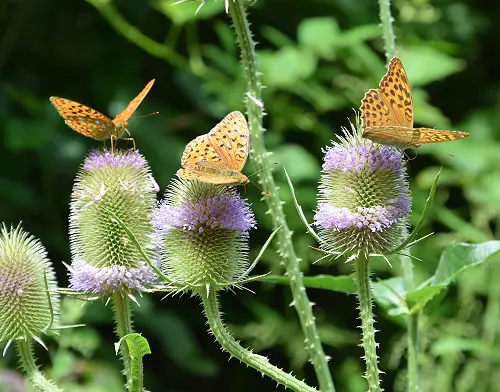
You are supporting a special nature and animal conservation project in Transylvania. We plant native deciduous trees - original tree species such as robinia, oak and maple. We are actively committed to the protection of flora and fauna. The land for our land donations may not be used commercially.
This means that trees, shrubs, grasses, flowers, herbs, mosses and fungi can develop undisturbed. At the same time, the fauna also develops with numerous different species: Insects, reptiles, amphibians as well as small mammals and birds find a safe habitat here.
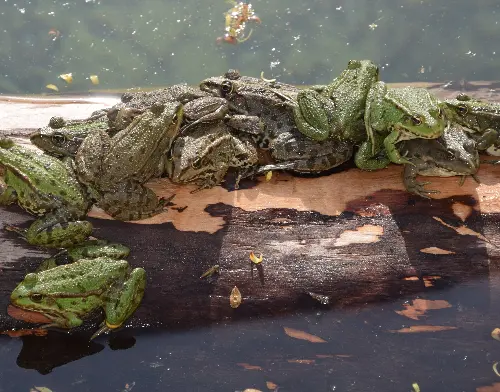
The property's own spring and the stream on the property round off this habitat. They provide undisturbed access for all the fauna from the surrounding area and the opportunity to obtain fresh, clear spring and mountain water. This is particularly important during the long, hot and dry Transylvanian summers.
Roe deer, deer, foxes, wild boar, badgers, martens, frogs, toads and amphibians, small rodents and reptiles such as lizards and slow worms from the surrounding woodland areas make use of this opportunity and regularly visit the fresh water source.
This project actively contributes to the preservation and expansion of valuable ecosystems.
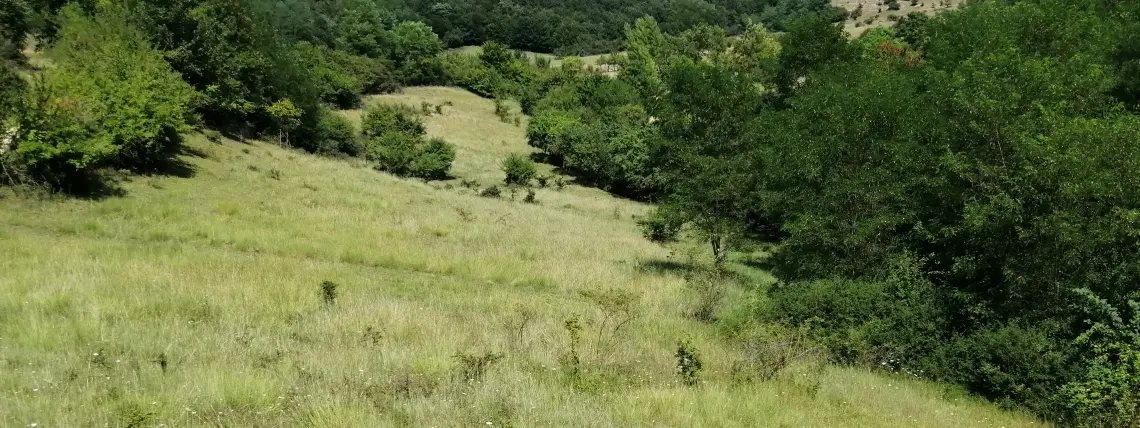
The land gifts are located on this property.
Don't wait any longer and take your own piece of Transylvania!